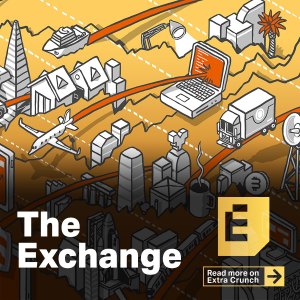Bird shows improving scooter economics, long march to profitability
Aug 20, 2021Newly reported financial data from Bird, an American scooter sharing service, shows a company with an improving economic model, and a multi-year path to profitability. However, that path is fraught unless a number of scenarios all work out, in concert and without a glitch.
Bird, well-known for its early battles with domestic rival Lime, is pursuing a SPAC-led deal that will see it go public and raise fresh capital. The former startup is merging with Switchback II Corporation in a deal that values it at around $2.3 billion, including a $160 million PIPE (private investment in public equity) component. (Note: The group purchasing TechCrunch’s parent company from its own parent company, is part of the Bird PIPE.)
The Exchange explores startups, markets and money.
Read it every morning on Extra Crunch or get The Exchange newsletter every Saturday.
COVID-19 hasn’t been kind to Bird and similar companies around the world. As many around the world stayed home, usage of shared-asset services and ride-hail applications fell sharply. Bird saw rides decline. Airbnb took a temporary hit. Uber and Lyft saw ride demand fall.
 Responses to the crisis were varied. Airbnb cut costs, and raised external capital. Lyft cut expenses and focused on its core model, while Uber grew its food delivery business, which saw transaction volume soar as demand fell for its traditional business.
Responses to the crisis were varied. Airbnb cut costs, and raised external capital. Lyft cut expenses and focused on its core model, while Uber grew its food delivery business, which saw transaction volume soar as demand fell for its traditional business.
Meanwhile, Bird flipped its entire business model. That decision has helped the scooter outfit improve its economics markedly, giving it a shot at generating profit in the future — provided its forecasts prove achievable.
This morning, let’s talk about how Bird has changed its business, their impacts on its operating results, and how long the company thinks its climb to profitability is.
Fleet management → Fleet managers
In their initial forms, Bird and Lime bought and deployed large fleets of electric scooters. Not only was this capital intensive, the companies also wound up with costs that were more than sticky — charging wasn’t simple or cheap, moving scooters around to balance demand took both human capital and vehicles, and the list went on.
Throw in vehicle depreciation — the pace at which scooters in the wild degraded from use or abuse — and the businesses proved excellent vehicles for raising capital and throwing that money at more scooters, costs, and, as it turned out, losses.
Results improved somewhat over time, though. As scooter-share companies increasingly built their own hardware, their economics improved. Sturdier scooters meant lower depreciation, and better battery tech could allow for more rides per charge. That sort of thing.
But the model wasn’t incredibly lucrative even before COVID-19 hit. Costs were high, and the model did not break even even on a gross margin basis, let alone when considering all corporate expenses. You can see the financial mess from that period of operations in historical Bird results.
,Newly reported financial data from Bird, an American scooter sharing service, shows a company with an improving economic model, and a multi-year path to profitability. However, that path is fraught.
